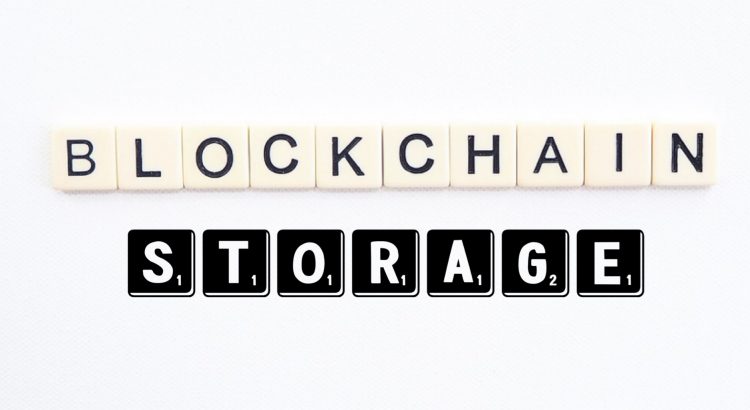
Why Cryptocurrency and Computational Storage?
Our new SNIA Compute, Memory, and
Storage webcast focuses on a hot topic – storage-based cryptocurrency.
Blockchains, cryptocurrency, and the internet of markets are working to transform finance, wealth, safety, digital security, and trust. Storage-based cryptocurrencies had a breakout year in 2021. Proof of Space and Time is a new blockchain consensus that uses storage capacity to secure the blockchain. Decentralized file storage will enable alternatives to hyperscale data centers for hosting files and objects. Understanding the TCO of a storage system and optimizing the utilization of the storage hardware is critical in scaling these systems.
Join our speakers, Jonmichael Hands of Chia Network and Eli Tiomkin of NGD Systems, for this discussion on how a new approach of auto-plotting SSDs combined with computational storage can lower the total TCO. Registration is free for this webcast on Tuesday, February 15 at 10:00 am Pacific time. Click on the link to register and see you there! https://www.brighttalk.com/webcast/663/526154
The post Why Cryptocurrency and Computational Storage? first appeared on SNIA Compute, Memory and Storage Blog.
 The SNIA
The SNIA 